Private label drove 23% of the growth and grew at a 2.6% CAGR, while mid-tier companies drove 25% of the growth and grew at a CAGR of 3.2% over the same period, says Nielsen in its 2016 breakthrough innovation report. But it was the “long and mighty tail” of 20,000 companies below the top 100 who drove 49% of all category growth, with a CAGR of 6.3%.
“Our belief is that there will be more change in CPG in the next five years than there was in the last 50. Successful firms of the future will master consumer experiences, not just consumer goods.”
Leading firms measure share of growth (offense) in addition to share of market (defense)
In future, predicts Nielsen, “leading firms will measure share of growth (offense) in addition to share of market (defense). They will also abandon misguided activity metrics such as ‘percentage of sales from new products,’ which tends to miscategorize (and reward) waste as if it were innovation.”
The new breed of CPG companies, adds Nielsen, is agile (“Chobani conceived, developed and shipped a successful new offering in six weeks”), digital savvy (“Most smaller firms actively embrace the cost-effectiveness of digital, unshackled from the legacy analog traditions and processes”), and often has no fixed assets (“They don’t have the investments in production or distribution, so they are able to operate without the pressure to utilize or finance fixed assets”).
New brands are also “more concerned with being authentic and relevant than huge,” claims Nielsen. “They’re owner-operators who immerse themselves in the context of the consumer rather than rely on the efficiencies of reports and subordinates to filter and organize the outside world’s messiness. Like the best restaurateurs, they sweat the details that create great experiences.”
‘Folks won’t even bother trying, because honestly, what’s the point?’
Large CPG companies still can – and do –create great new products and platforms (many of which are celebrated as breakthrough innovation winners - see below), adds Nielsen, but are often stymied by bureaucratic processes and structures that stifle innovation and slow them down.
“In organizations in which a machine-like process trumps all else, the creative spark required to create a future different from the past has no chance of catching flame.
“Said differently, folks won’t even bother trying, because honestly, what’s the point? Either transformational ideas will be killed because they don’t conform to established processes and rules, or they will be so badly distorted in order to conform that their inherent difference and value will be engineered out of them.
“Dysfunctional and fundamentally flawed innovation stage gate processes are a major reason why the industry is enduring an innovation crisis. Only breakthrough leadership will address this urgent reality.”
In the future, predicts Nielsen:
- Many brands will be new, but there will also be a proliferation of new business models and innovation will be far less product-centric: “There will be a new age of R&D focused less on product benefit and food science and more on leveraging digital, mobile and social technologies to enable desired consumer experiences.”
- Shopping habits will evolve and traditional category definitions will lose utility and meaning.
- Consumers will become increasingly diverse in their tastes and priorities.
- New online-enabled channels will emerge.
- Smart technologies will continue to transform how consumers shop and use, while also affording manufacturers new opportunities for innovation.
- Collaboration spanning multiple firms and industries will be widespread.
- Innovation will address the need—and the opportunity—of feeding and caring for a global population of 10 billion people.
- Food, nutrition and health care will become more intertwined.
- Sustainability will move from buzzword to table stakes. Successful companies will make the planet a better place for all forms of life.
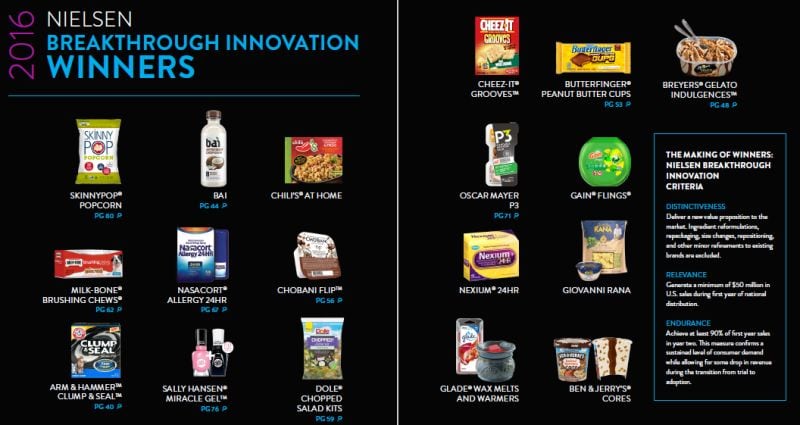
NIELSEN BREAKTHROUGH INNOVATION WINNERS 2016 CRITERIA
DISTINCTIVENESS: Deliver a new value proposition to the market. Ingredient reformulations, repackaging, size changes, repositioning, and other minor refinements to existing brands are excluded.
RELEVANCE: Generate a minimum of $50m in US sales during first year of national distribution.
ENDURANCE: Achieve at least 90% of first year sales in year two. This measure confirms a sustained level of consumer demand while allowing for some drop in revenue during the transition from trial to adoption.
Bai Brands: ‘We did a number of things that were unusual for a start-up’
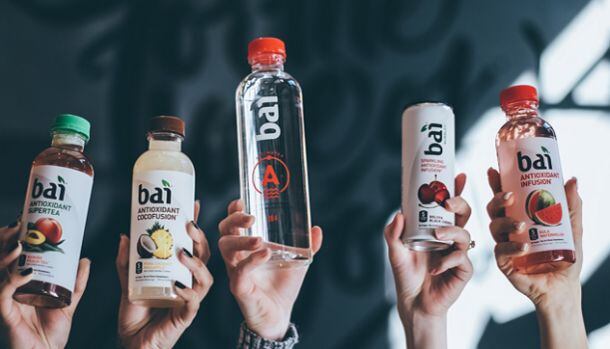
Bai Brands, which has generated explosive growth with its 'antioxidant infusion' low-calorie beverages since its 2009 launch, netted close to $120m in revenues in 2015, more than doubling its business since 2014, CMO Michael Simon told FoodNavigator-USA at the Expo West show in March, so it’s no surprise that Nielsen has picked the brand as one of its breakthrough innovation winners.
The New Jersey-based brand - which introduced a carbonated version of its flagship drink (Bai Bubbles) in late 2014 and a functional water infused with antioxidants and electrolytes called Antiwater in 2015 - has found success in natural and conventional grocery chains and clubstores, but still has a huge opportunity to grow in c-stores, drugstores and the foodservice channel, says founder and CEO Ben Weiss.
According to Weiss, consumers are ditching empty calories, but spurning ‘diet’ products, they want natural foods but won’t compromise on flavor or taste, and are in general looking for new, exciting experiences and brands – trends which all benefit Bai.
But Bai has also grown because it has made good business decisions, he says: “I think we did a number of things that were unusual for a start-up. One, we did a lot of consumer research early, and two, we focused on building ‘distribution equity’ as much as brand equity. In my estimation, too many CPG start-ups focus mostly on the product and the brand... They don’t prioritize distribution as a strategic pillar. We did… As a result, we’ve been able to grow at triple-digit rates for five years.”
2016 breakthrough innovation winner, Breyers Gelato Indulgences (Unilever): ‘Many of the buyers were new to the brand’
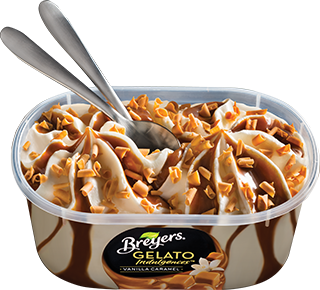
Year-one sales of Breyers Gelato Indulgences were $62 million, and "sustained media support and an additional four SKUs propelled year-two sales growth of 30%,” notes Nielsen. “Better yet, many of the buyers were new to the brand, and all of them were paying premium prices for a brand that had historically been tethered to mainstream pricing.”
Butterfinger peanut butter cups (Nestlé): ‘Butterfinger and Reese’s grew at the same time’
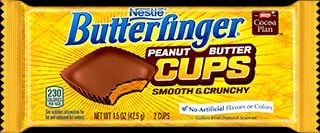
The success of Butterfinger Peanut Butter Cups illustrates “how doing right by the research and the consumer unequivocally pays off,” says Nielsen.
“In this case, it grew a strong idea to one with more than 350% greater sales than initially projected. Nestlé was also right that there was room in the peanut butter cup category for Butterfinger; both Butterfinger and Reese’s grew at the same time.”
Chobani Flip: ‘We’re not just a one-trick pony’
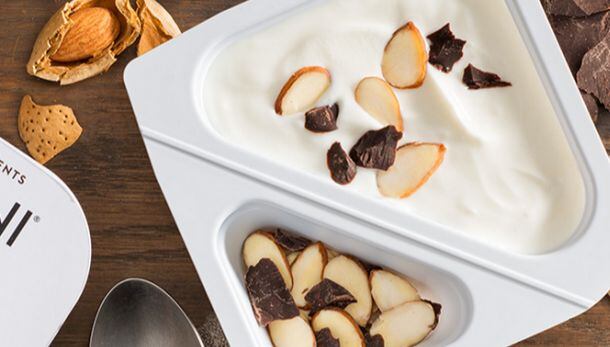
“What’s particularly exciting about Flip isn’t just that we’re succeeding, but how we’re succeeding,” says chief marketing and brand officer Peter McGuinness, who says Flip proves Chobani is “not a one-trick pony.”
“Flip is bringing new consumers to the Greek yogurt category: 46% incremental purchasers. Flip is encouraging folks who perhaps rejected Greek yogurt initially to try the category, and once they do, we’re actually seeing very high, 50%, repeat rates and buy rates are increasing over time.
"In other words, people try it and like it and then discover additional circumstances in which they’d like to have one, and so they’re purchasing more units on subsequent shopping trips. Additionally, we are still growing at better than 100% with very little cannibalization of our core line of Chobani Greek yogurt products; this is an additional purchase or a new consumer.” Read more about Flip HERE.
Dole Chopped Salads: ‘We created a runaway success’
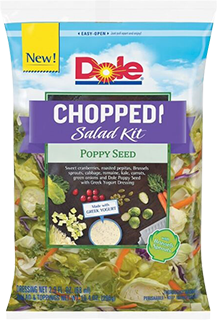
“We have now created a runaway success that is transforming the produce section—selling over $100m in its second year and growing strongly at more than 115% in the past year,” says Dole’s marketing VP Carrie Ann Arias. “One of our biggest challenges is to keep up with growth, not run out of kale (no joke!), and continue to innovate to address consumers’ increasing demand for more and different ‘craveable’ salads.”
Oscar Mayer P3 (Kraft Heinz): ‘Big CPG can create as well as acquire’
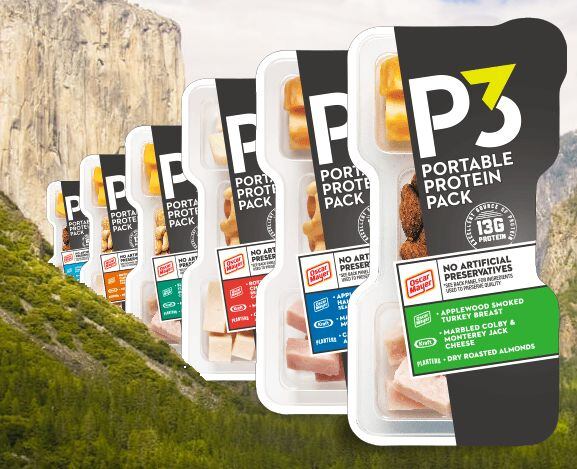
With $75m+ in retail sales and a 65% growth rate, P3 – portable protein packs featuring cheese, meat and nuts - are off to a great start, says Nielsen.
“P3 illustrates how a new sub-brand [developed in-house, rather than acquired] can energize a trusted, established parent while connecting with younger consumers and expanding an important retailer category—a breakthrough winner all the way around.”
SkinnyPop: “It was one breathless, amazing ride…”
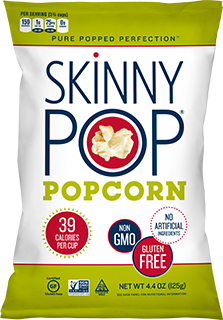
“In 2011, we sold $3.5m,” says SkinnyPop co-founder Andy Friedman. “In 2012, we sold $18m. We were exploding … we had private-equity investors calling all the time, offering life-changing deals, but none of them really valued the growth potential we saw for the brand, and we didn’t really need the money as much as we needed distribution help.
“Another key milestone came in 2013, when we sold a minority stake to an entrepreneurial investor who brought a six-person sales team. These guys definitely upgraded the ‘Pam and Andy Show’ from a sales perspective, but all the other operational challenges just mushroomed as sales continued to soar. 2013 finished with $70 million in sales and growing strong.
“In July 2014, when we finally did sell the majority of the business to the private-equity firm T.A. Associates, we were on about a $150m run rate. It was almost four years exactly from the sale of our first bag to the sale of the company, and it was basically one breathless, amazing ride.”
Download Nielsen’s 2016 Breakthrough Innovation report HERE.
